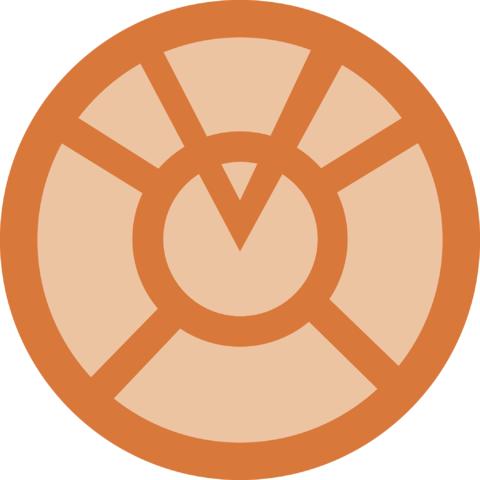During the Vietnam War the lush tropical vegetation of the region provided both a cover for the North Vietnamese and a natural obstacle for our soldiers. In response, the United States military sprayed approximately 19 million gallons of herbicide (a defoliant) on roughly 3.6 million acres of land to clear the area for armed forces – an operation referred to as Ranch Hand - from the years 1962 to 1971.
The most widely used herbicide mixture contained equal parts 2,4-D and 2,4,5-T, which was called Agent Orange because it came in drums with orange stripes. But the 2,4,5-T created an unexpected problem. During the manufacturing process small amounts of an impurity called 2,3,7,8-tetrachlorodibenzo-p-dioxin, (TCDD) aka dioxin were formed. There are 75 possible chemical compounds in the dioxin family, and 2,3,7,8-tetrachlorodibenzo-p-dioxin, or TCDD, is the most toxic. (2,4-D cannot possibly form TCDD. It is chemically impossible.)
A paper, recently published in the journal Science of the Total Environment, suggests that decades after the use of Agent Orange had been discontinued, there still persist pockets of concentrated dioxin contamination in the south of Vietnam. They posit that these hotspots are posing health risks in the current population by acting as endocrine disruptors.
Researchers at Kanazawa University in Japan publish their findings which supposedly reveal an association between dioxin levels in hotspot regions to hormone levels measured in mothers and infants of the region. "Dioxin hotspots in the South of Vietnam are of the most severely polluted regions in the world," stated Professor Teruhiko Kido, lead author of the study. "We know exposure to dioxins has an impact on our hormone levels, and we wanted to know if this was being passed through generations and potentially putting babies at risk in these areas."
The study investigators focused their research on two areas, Bien Hoa, with known high AO contamination and Kim Bang, a rural area not affected by AO contamination. They enrolled 52 mothers respectively who were four to 16 weeks post-partum with their first child. Samples of breast milk and blood were collected between 8:00 am and 10:00 am (timing is important for hormone levels as they can vary with time of day). A year later, saliva samples were collected from their children also within the same morning hours.
Levels of dioxins in breast milk samples and hormones were measured in mothers' serum and child's saliva. Of the 52 initial participants, results were available for 37 subjects in hotspot regions and 47 subjects in non-contaminated regions. The sole finding of statistical significance was between the maternal serum androstenedione levels and Dehydroepiandrosterone (DHEA). What does that mean? Androstenedione is a weak steroid hormone that is a prohormone, a precursor of testosterone synthesis. DHEA is, likewise, a weak steroid hormone also an intermediate of sex hormone synthesis. Both play a role during adrenarche, the development of secondary sexual characteristics during adolescence.
Whether this finding has any real meaning, if any at all, cannot be adequately assessed until puberty in the subject children, as the authors acknowledge. Secondly, there is no adequate support to verify that dioxins indeed account for the hormonal differences in women and children in one region versus another. Bien Hoa and Kim Bang have many different environmental exposures from one another aside from being industrialized and agricultural respectively – not every factor can be controlled for. The real question is if, indeed, dioxins have endocrine disruptive properties, how does this translate in terms of actual hazard for humans? And if hazard exists, then at what dose is this substance hazardous?
"Our study confirms how sensitive and vulnerable children are to the environmental toxins their parents and even earlier generations have been exposed to," the authors of the study conclude. "There is still a lot we don't know about and what this means for children's health and what the long term impact could be..." While their initial statement could be argued, the latter half is essentially at the heart of these types of epidemiological studies.




